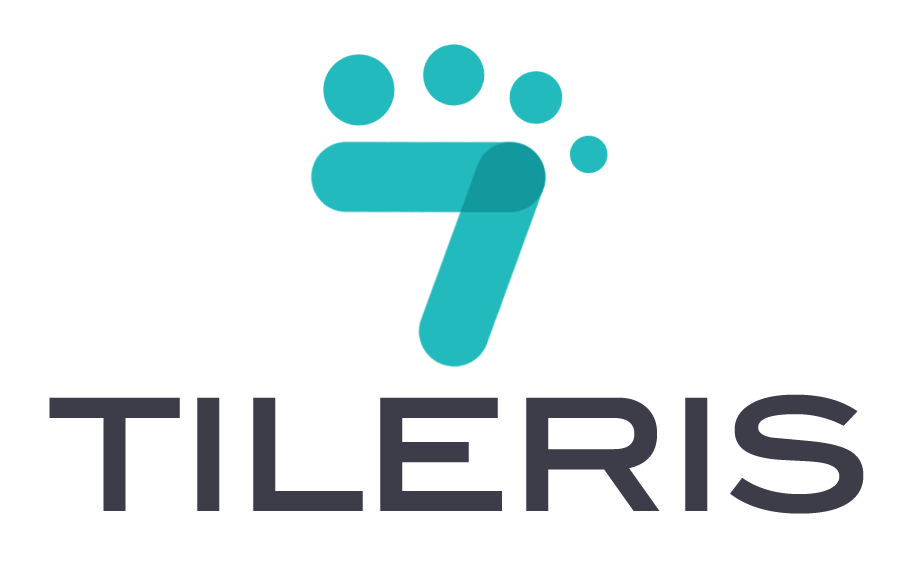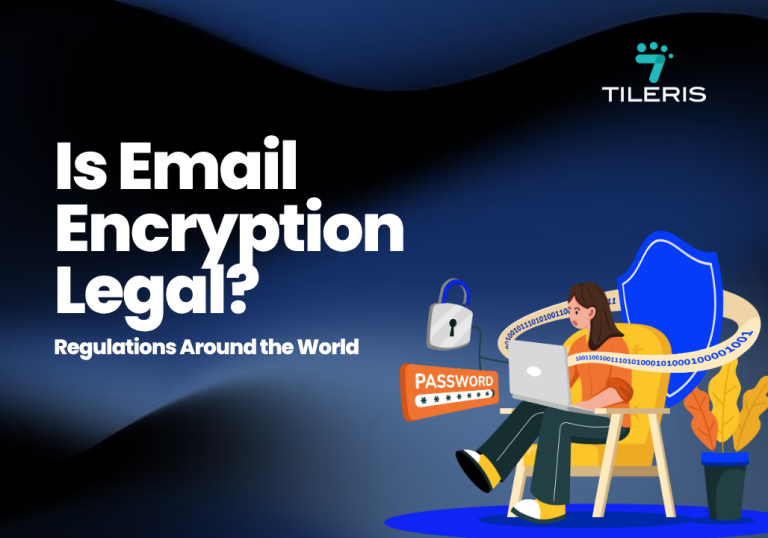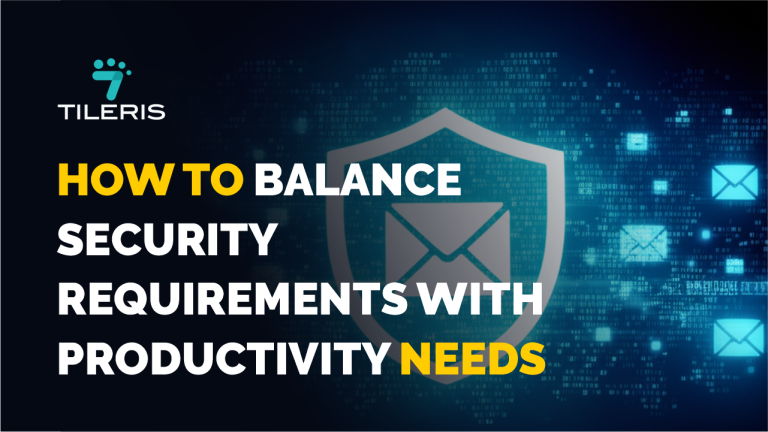TikTok Security Concerns: Should You Delete It?
Introduction
In the rapidly evolvement of social media, TikTok has emerged as one of the most downloaded and influential platforms worldwide and also the TikTok Security concerns. However, beneath the surface of viral dances and short-form content lies a complex web of TikTok security concerns that have sparked intense debate among policymakers, cybersecurity experts, and users alike. Understanding these TikTok security implications is crucial for making informed decisions about your digital privacy and safety. This comprehensive analysis examines the multifaceted security challenges surrounding TikTok and provides evidence-based insights to help you determine whether removing the app from your device is the right choice for your cybersecurity posture.
The Foundation of TikTok Security Concerns
The primary TikTok security concerns stem from the platform’s extensive data collection practices and its ownership structure. TikTok‘s data collection methods provide access to a lot of content on mobile devices, and the company collects sensitive data about users even when they don’t save or share content. This pervasive data gathering creates multiple attack vectors that cybersecurity professionals have identified as potential risks to user privacy and national security. The scope of data collection extends far beyond what users typically expect when engaging with social media content, creating a comprehensive digital profile that includes behavioral patterns, location data, and device information.
The geopolitical dimension of TikTok security concerns cannot be overlooked, as the platform’s parent company, ByteDance, operates under Chinese jurisdiction. The primary cybersecurity concern is that ByteDance might share user data with the Chinese government, which is considered a significant security risk. This concern has been amplified by various intelligence agencies and cybersecurity experts who point to China’s National Intelligence Law, which could potentially compel Chinese companies to cooperate with intelligence gathering activities. The implications of such data sharing could range from individual privacy violations to broader national security threats, making this a critical consideration for users across all sectors.
The legislative response to these concerns has been swift and decisive. Congress passed the Protecting Americans from Foreign Adversary Controlled Applications Act in April 2024, signed into law by President Joe Biden. This legislation represents the most significant regulatory action taken against a social media platform in recent history, highlighting the severity of the perceived TikTok security threats. The law requires ByteDance to divest its ownership of TikTok or face a complete ban in the United States, underscoring the government’s assessment of the platform’s potential risks to national security and user privacy.
Data Collection and Privacy Vulnerabilities
The extent of TikTok‘s data collection capabilities represents one of the most significant TikTok security concerns for individual users. The platform’s extensive data collection practices potentially exceed informed user consent, exposing users to vulnerabilities. Modern smartphone applications have unprecedented access to device sensors, personal files, and user behavior patterns, but TikTok‘s implementation of these capabilities has raised particular concerns among privacy advocates and cybersecurity researchers. The app’s ability to access clipboard data, location information, and device identifiers creates a comprehensive surveillance apparatus that extends beyond the typical social media experience.
The sophisticated nature of TikTok‘s tracking mechanisms creates multiple privacy vulnerabilities that users may not fully understand. TikTok‘s sophisticated data collection system creates multiple touchpoints where business information becomes vulnerable through real-time location tracking and device fingerprinting. Device fingerprinting, in particular, represents a persistent tracking method that can identify users across different platforms and sessions, making it extremely difficult to maintain anonymity online. This technique combines various device characteristics to create a unique identifier that remains consistent even when users clear cookies or use private browsing modes.
The broader implications of these data collection practices extend beyond individual privacy concerns to encompass professional and organizational security risks. Business users, government employees, and individuals with access to sensitive information face heightened TikTok security risks due to the platform’s comprehensive data gathering capabilities. The potential for data correlation and analysis means that seemingly innocuous social media activity could reveal sensitive information about an individual’s professional activities, personal relationships, or security vulnerabilities. This creates a cascading effect where personal app usage can inadvertently compromise professional or organizational security protocols.
Historical Security Incidents and Breaches
TikTok‘s security track record includes several documented incidents that illustrate the practical implications of TikTok security concerns. In December 2022, the company admitted that employees had spied on reporters using location data in an attempt to track down the source of leaked information. This incident demonstrated that the theoretical risks associated with TikTok‘s data collection practices have materialized into actual surveillance activities. The fact that employees could access and misuse location data for purposes unrelated to platform operations highlights significant gaps in data governance and access controls within the organization.
The reporter surveillance incident also revealed the broader security implications of TikTok‘s data infrastructure and employee access policies. When platform employees can unilaterally access user location data for personal or corporate purposes, it indicates systemic security vulnerabilities that could be exploited by malicious actors. This breach of trust extends beyond the immediate incident to raise questions about the platform’s overall security architecture and the potential for similar misuse of user data. The incident also highlighted the lack of robust audit trails and access controls that would typically prevent such unauthorized data access in security-conscious organizations.
These documented security incidents provide concrete evidence of the TikTok security risks that extend beyond theoretical concerns to actual privacy violations. The platform’s response to these incidents, including employee terminations and policy changes, indicates recognition of the severity of these security lapses. However, the existence of such incidents raises fundamental questions about the platform’s security culture and the effectiveness of its data protection measures. For users concerned about privacy and security, these historical incidents serve as important indicators of potential future risks and the platform’s approach to handling sensitive user information.
Technical Architecture and Data Storage
The technical architecture underlying TikTok‘s operations presents unique TikTok security challenges that differentiate it from other social media platforms. Certain elements of user data are encrypted at rest and in-transit using industry standard algorithms, with encryption keys maintained in a key management system operated by the US-based security team. While this represents a significant security improvement, the complexity of managing encryption across a global platform with multiple jurisdictions creates potential vulnerabilities. The effectiveness of encryption depends not only on the algorithms used but also on the implementation, key management practices, and the security of the systems that handle encrypted data.
The geographic distribution of TikTok‘s data storage and processing infrastructure adds another layer of complexity to TikTok security considerations. Data sovereignty laws and cross-border data transfer regulations create a complex legal and technical environment where user data may be subject to different privacy protections depending on its location. The platform’s efforts to establish US-based data centers and processing facilities represent attempts to address these concerns, but the technical challenges of migrating and securing data across multiple jurisdictions remain significant. Users must consider that their data may be processed in multiple countries with varying privacy laws and security standards.
The integration of artificial intelligence and machine learning systems into TikTok‘s platform architecture introduces additional TikTok security considerations that users may not fully appreciate. These systems require access to vast amounts of user data to function effectively, creating centralized repositories of personal information that represent attractive targets for cybercriminals. The algorithmic processing of user data also creates new privacy risks, as machine learning systems can infer sensitive information about users based on their behavior patterns, viewing history, and interaction data. This capability extends the privacy implications beyond the data users explicitly share to include insights derived from their platform usage patterns.
Comparative Analysis with Other Social Media Platforms
Understanding TikTok security concerns requires placing them in the broader context of social media platform security practices. A 2022 study by Consumer Reports found that TikTok is using the same data-tracking practices as Facebook/Meta and others, collecting information about online and offline activities including location data. This finding suggests that many of the privacy concerns associated with TikTok are not unique to the platform but represent broader systemic issues with social media data collection practices. However, the geopolitical dimension of TikTok‘s ownership structure creates additional security considerations that may not apply to platforms owned by domestic companies.
The comparative analysis of TikTok security practices reveals both similarities and important differences with other major social media platforms. While data collection methods may be similar across platforms, the potential for foreign government access to user data creates unique risks for TikTok users. The platform’s integration with Chinese technology infrastructure and legal framework creates pathways for data access that may not exist with platforms operating under different jurisdictions. This distinction is crucial for users who need to assess the specific risks associated with their platform choices.
The effectiveness of security measures across different social media platforms varies significantly based on their technical architecture, corporate governance, and regulatory compliance requirements. TikTok security measures must be evaluated not only in terms of their technical implementation but also in the context of the platform’s ownership structure and legal obligations. Users should consider that identical security technologies may provide different levels of protection depending on the legal and political environment in which they operate. This nuanced understanding is essential for making informed decisions about platform usage and digital privacy protection.
User Protection Strategies and Best Practices
For users who choose to continue using TikTok despite TikTok security concerns, implementing robust protection strategies is essential. The platform provides various privacy controls and settings that can help mitigate some security risks, though these measures may not address all potential vulnerabilities. Users should carefully review and configure their privacy settings to limit data collection and sharing, though it’s important to understand that these controls may not prevent all forms of data gathering. Regular review and updates of privacy settings are necessary as platforms frequently change their policies and default configurations.
The implementation of device-level security measures represents another important component of TikTok security protection strategies. Users should consider using dedicated devices or profiles for social media activities, implementing strong device encryption, and regularly updating their software to address security vulnerabilities. Network-level protections, such as VPN usage and DNS filtering, can provide additional layers of security by obscuring user location and blocking known malicious domains. These technical measures should be combined with behavioral changes that limit the amount of sensitive information shared through the platform.
The development of digital literacy and security awareness is crucial for users who want to maintain their TikTok usage while minimizing TikTok security risks. Understanding how data collection works, recognizing potential social engineering attacks, and maintaining healthy skepticism about online content are essential skills for navigating the modern digital landscape. Users should also stay informed about ongoing security developments and regulatory changes that may affect their platform usage. This ongoing education process helps users make informed decisions about their digital privacy and security practices.
The Decision Framework: Should You Delete TikTok?
Making an informed decision about TikTok usage requires careful consideration of multiple factors that extend beyond simple TikTok security concerns. Users must evaluate their individual risk tolerance, professional obligations, and personal priorities when determining whether to continue using the platform. The decision framework should consider both the potential benefits of platform usage and the documented security risks, recognizing that different users may reach different conclusions based on their specific circumstances. This individualized approach is essential given the complexity of the security considerations and the varying impact on different user groups.
The evaluation process should include consideration of alternative platforms that may provide similar functionality with different risk profiles. Users should research the security practices, ownership structures, and regulatory compliance of alternative platforms to ensure they are making informed comparisons. The availability of alternative platforms with comparable features and audience reach may influence the decision-making process, particularly for users who rely on social media for professional or creative purposes. However, it’s important to recognize that all social media platforms involve some level of privacy and security risk.
The timing of any decision to delete TikTok should consider the ongoing regulatory and legal developments that may affect platform availability and functionality. Recent bipartisan concerns about data security and geopolitical tensions with China finally brought the issue to a head in 2025. Users should stay informed about these developments and be prepared to adapt their platform usage based on changing circumstances. The decision to delete TikTok is not necessarily permanent, and users may need to reassess their choices as the security landscape and regulatory environment continue to evolve.
Future Outlook and Emerging Trends
The future of TikTok security will likely be shaped by ongoing technological developments, regulatory changes, and evolving cybersecurity threats. The platform’s efforts to address security concerns through technical measures, policy changes, and corporate restructuring will continue to influence user perceptions and regulatory responses. However, the fundamental challenges associated with cross-border data flows, geopolitical tensions, and platform governance are likely to persist regardless of specific technical solutions. Users should anticipate continued scrutiny of the platform and potential changes to its availability and functionality.
The broader implications of TikTok security concerns extend beyond the platform itself to influence how governments regulate social media platforms and how companies approach data privacy and security. The precedents established through TikTok-related legislation and litigation will likely influence future regulatory approaches to platform governance, data protection, and national security considerations. These developments will shape the digital landscape for years to come and influence how users, businesses, and governments approach social media platform security.
The evolution of TikTok security considerations will also be influenced by emerging technologies such as artificial intelligence, quantum computing, and blockchain-based privacy solutions. These technologies may create new opportunities for both enhancing platform security and creating new vulnerabilities. Users should stay informed about these technological developments and their potential impact on platform security and privacy. The ongoing evolution of the digital landscape means that security considerations will continue to change, requiring users to remain vigilant and adaptable in their approach to digital privacy and security.
Conclusion
The question of whether to delete TikTok requires careful consideration of multiple complex factors that extend beyond simple security concerns to encompass professional obligations, personal preferences, and risk tolerance. TikTok security considerations represent a significant aspect of modern digital privacy and cybersecurity, with implications that affect individual users, businesses, and national security interests. The documented security incidents, extensive data collection practices, and ongoing regulatory challenges create a compelling case for serious evaluation of platform usage.
The decision-making process should be individualized and based on comprehensive understanding of the specific risks and benefits associated with TikTok usage. Users must weigh the platform’s entertainment value, social connections, and professional opportunities against the documented security concerns and potential privacy violations. The ongoing regulatory uncertainty and evolving security landscape mean that users should remain flexible and prepared to reassess their decisions as circumstances change.
Ultimately, the choice to delete TikTok depends on individual circumstances, risk tolerance, and priorities. Users who choose to continue using the platform should implement robust security measures and stay informed about ongoing developments that may affect their safety and privacy. Those who decide to delete the platform should consider alternative options that may provide similar functionality with different risk profiles. Regardless of the decision, maintaining awareness of TikTok security concerns and broader digital privacy issues is essential for navigating the modern digital landscape safely and effectively.
More contents like this just head over to tileris.com. If you’re looking for more hands-on support or more cyber security contents like this contact us, you can also request a free consultation with our AI agents, our experts are ready to guide you. Or, if you’d rather see how Tileris works in real time, go ahead and request a demo through our contact form.







